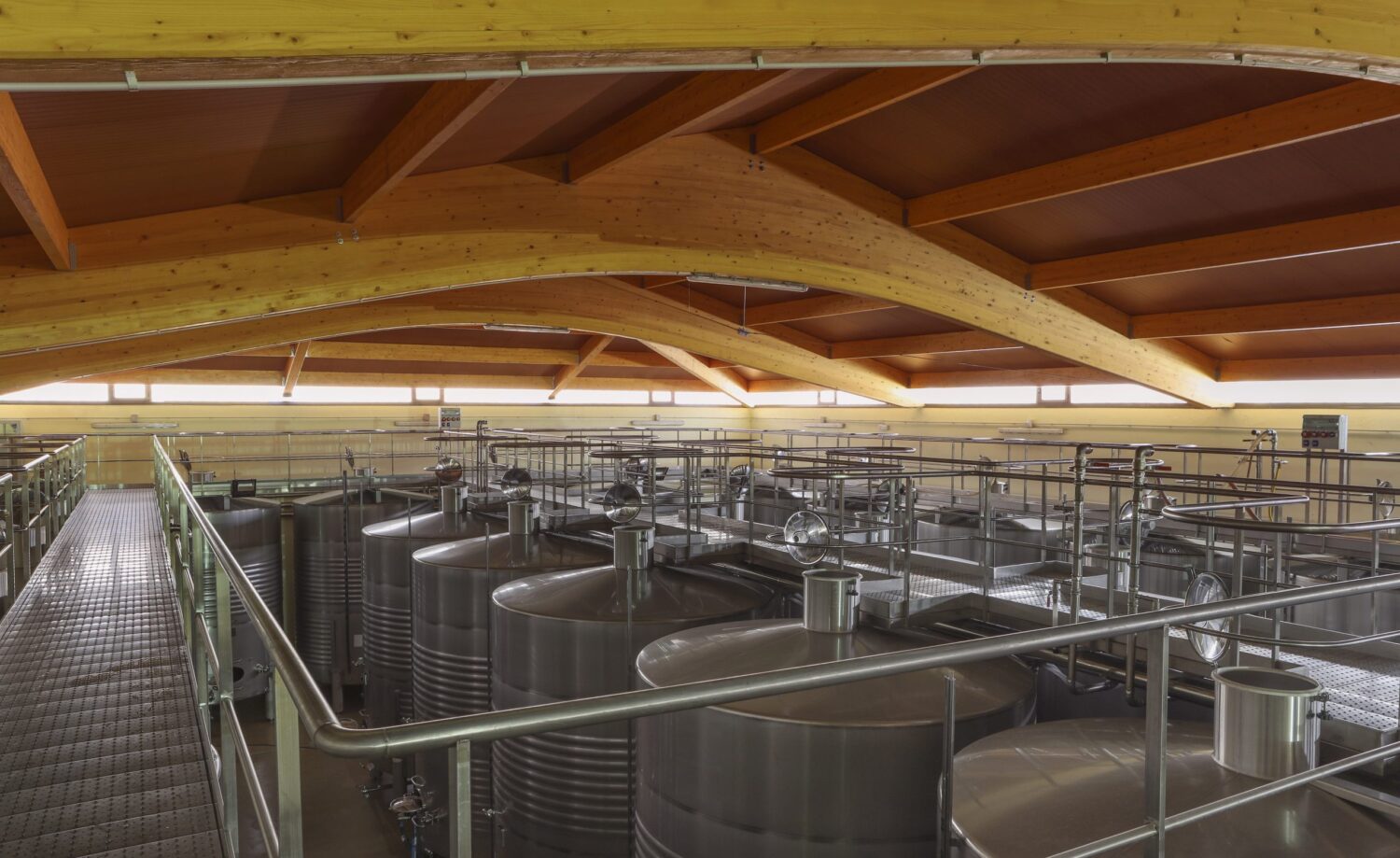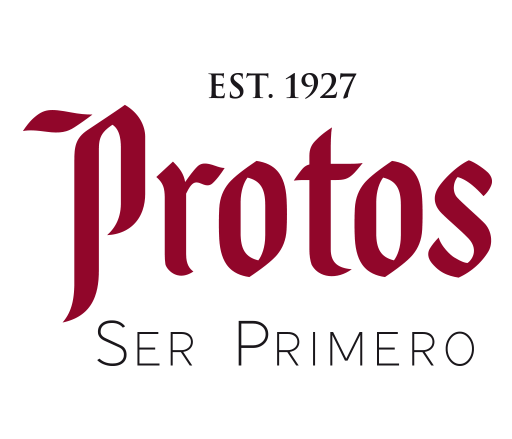
What are fine lees?
It doesn’t take a great connoisseur to have read “aged in fine lees” in some wine label; and it doesn’t go unnoticed either, that these wines are the most desirable by wine lovers everywhere. Why is it so important for a wine to be aged in fine lees? and what are they? Let’s find out.
Wine “mothers”
It is said that lees are the “mothers” of wine, however, they are only a result of a completely natural process in which solid matter falls to the bottom of the vat during fermentation.
This solid matter is nothing more than the dead yeasts and other grape residue that fall to the bottom of the vat during fermentation. But apart from its composition, what is important is the benefits they give to the wine, making it richer and more envolving.
It is important to point out, that there are two kinds of lees, gross and fine. The gross lees are bigger and give wine unpleasant odors and bitter tastes, that is why they are taken out during racking. However, fine lees are very small, give very pleasant odors and more volume and structure to the wine. When visualizing lees, think of the bottom of marshes, where the mud sits at the bottom but smaller particles remain floating in the water.
Benefits of fine lees’ ageing
Fine lees’ ageing is not done out of whim, but as stated above, to make a better wine, and its benefits are:
- Naturally protect wine from oxidation.
- Stop solid matter from forming deposits at the bottom of the wine bottle.
- Contribute positively during wine fermentation.
- Favor integration of smells and tastes, as well as give volume to the wine.
- Stabilizes wine.
Bâtonnage is the best technique to remove fine lees
For fine lees to be able to give all these benefits, it is extremely important to stir them with a technique known as bâtonnage, this is a technique in which the fine lees are moved around within the vat with a kind of oar, so that it can have more contact with the wine, and give it all its benefits.


